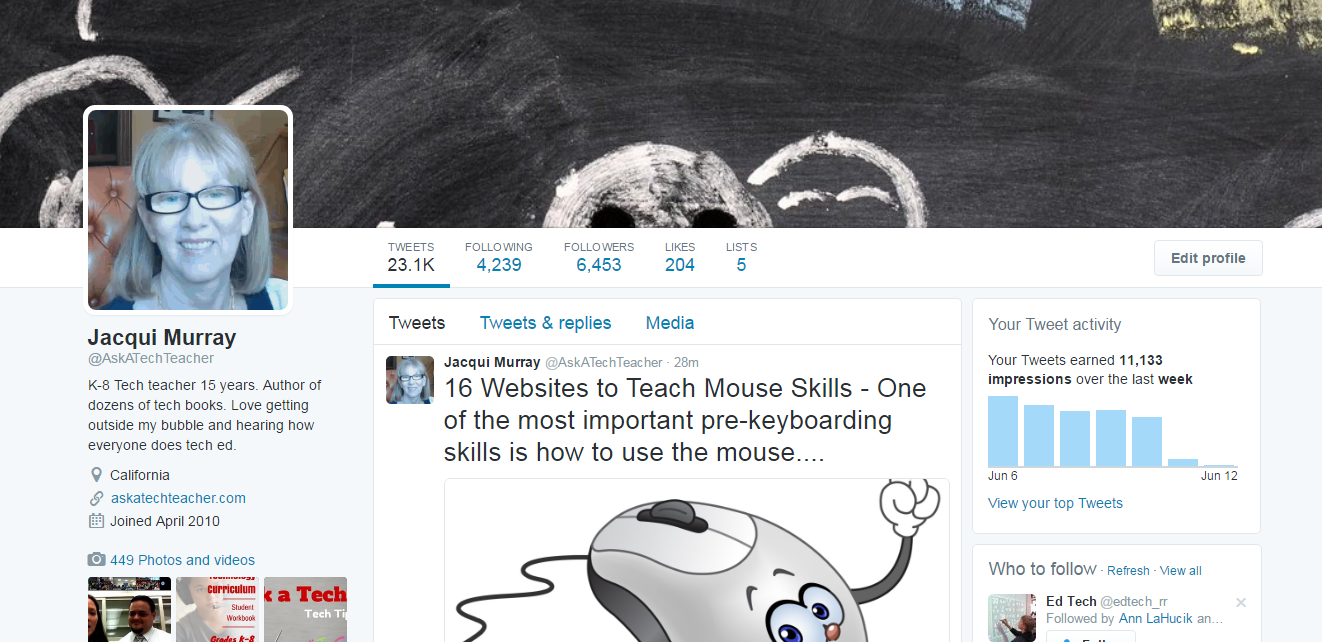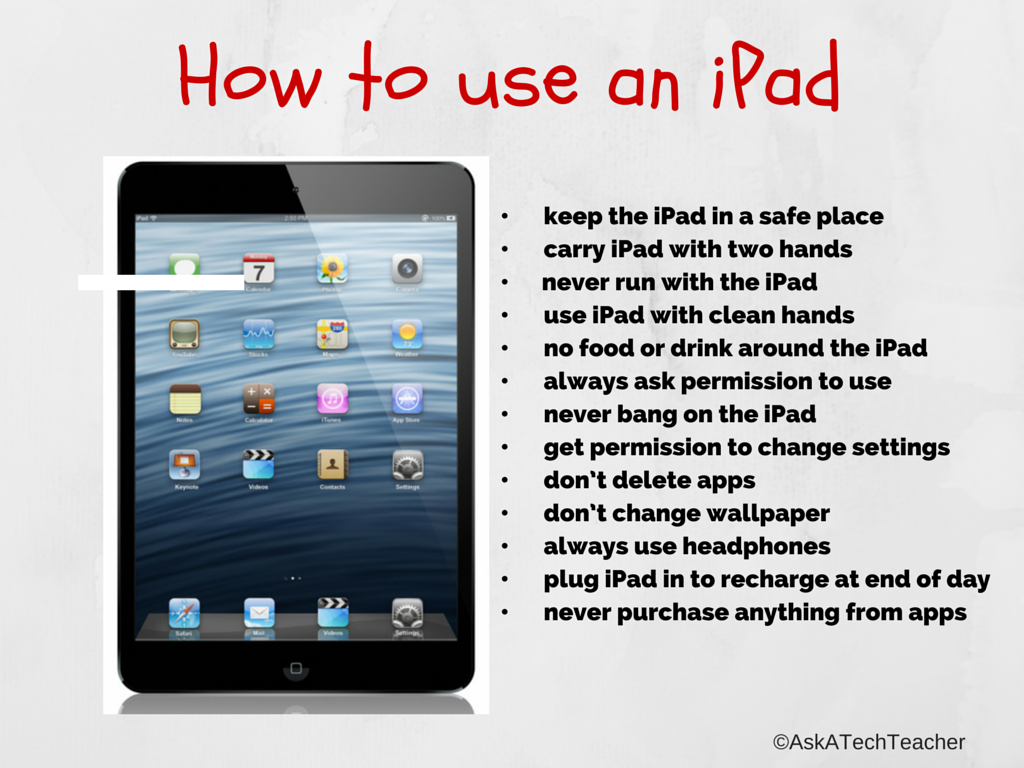Technology Use and Wellness: How to Guide Students in a Digital Age
The amount of time young Americans spend staring at a screen has reached unprecedented levels. In 2021, they were logging more screen time than bedtime: Teenagers spent an average of eight hours and 39 minutes on a digital device, but only 22% were getting eight hours of sleep. Most alarmingly, a recent study found that as little as one to four hours of daily screen time among children aged one is linked with higher risks of developmental delays in communication, fine motor, problem-solving, and personal and social skills by the age of two. As such, parents and educators must be more proactive in managing technology use to mitigate these health consequences.
However, it’s not just excessive screen time that is a concern. While students’ access to information is highly beneficial for learning, technology also exposes them to mental, emotional, and psychological risks that, when left unchecked, can have long-term consequences. It’s unrealistic to eliminate screen time altogether, but there are a few ways to help young people use technology more responsibly, with overall health top of mind:
Physical wellness
Students spend long hours hunched over a laptop, which can cause back pain and respiratory problems in the long run. But screen exposure has perhaps the most pronounced impact on the eyes since blue light from screens can cause cumulative damage to the retina. As such, for those wearing prescription glasses, it’s essential to keep their prescription updated and use blue-light protective coatings for their lenses. The Oakley Spindrift has a youthful and versatile round silhouette, complete with various lens options. Single-vision can address near or farsightedness, progressives target various fields of vision, and non-prescription lenses can be fitted with blue-violet light filtering technology.
Protective eyewear must be supported with periodic posture adjustment, screen breaks, and a conscious effort to blink more often. When transfixed on a screen, people tend to blink only every 15-20 seconds instead of every 5-10 seconds, causing dry eye and irritation. Miebo prescription eye drops target tear evaporation caused by today’s multiscreen lifestyle. It’s free from water, preservatives, and steroids, spreading easily and comfortably to provide quick relief. But while measures can be taken to make technology use easier on the eyes and the body, there is a deeper emotional aspect to tackle as well.
Emotional and mental wellness
The link between smartphone use and declining mental health has long been established by research. A study of 350,000 US college students across colleges during Facebook’s initial rollout presented a shocking statistic: that the launch inadvertently caused 300,000 young adults to suffer from clinical depression, compared to those in colleges where Facebook had not yet been launched. Platforms like this expose kids and teens to lifestyles they perceive to be comparatively “better,” not just among their peers in the community but of strangers all around the world. And when these perceived comparisons become quantifiable in the form of likes and comments, feelings of isolation and inferiority significantly increase.
To address this, parents and educators can engage in conversations with students to identify the emotional drivers behind their social media use and help them find ways to meet those needs in real life. This may mean nature-adjacent activities, increased participation in sports and hobbies, or even a slight reduction in screen time. It is also essential to facilitate discussions on digital citizenship, which will help students understand the impact of their digital footprint, social media etiquette, and more.
Teaching students about the importance of well-being in the digital age is vital. Rather than creating fear towards devices and online platforms, education can help them perceive and use these tools meaningfully so students can harness them for genuine connection and personal growth.
Here’s the sign-up link if the image above doesn’t work:
Jacqui Murray has been teaching K-18 technology for 30 years. She is the editor/author of over a hundred tech ed resources including a K-12 technology curriculum, K-8 keyboard curriculum, K-8 Digital Citizenship curriculum. She is an adjunct professor in tech ed, Master Teacher, webmaster for four blogs, CSTA presentation reviewer, freelance journalist on tech ed topics, contributor to NEA Today, and author of the tech thrillers, To Hunt a Sub and Twenty-four Days. You can find her resources at Structured Learning.







































I am glad I never allowed my children screen time until they were four. TV was strictly limited too. We did a lot of outdoor play.